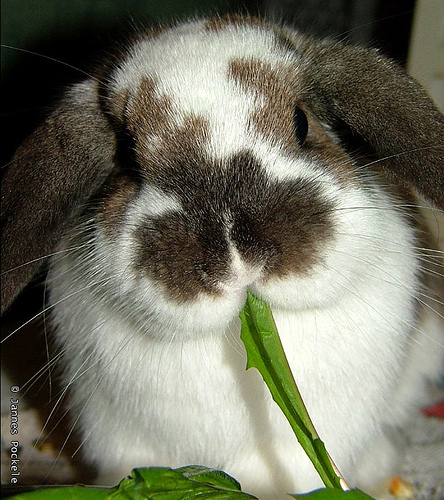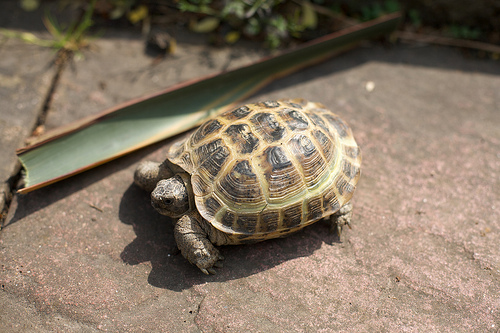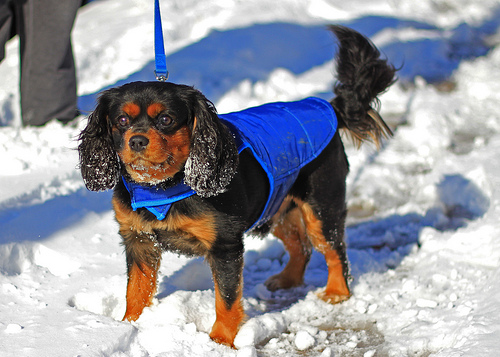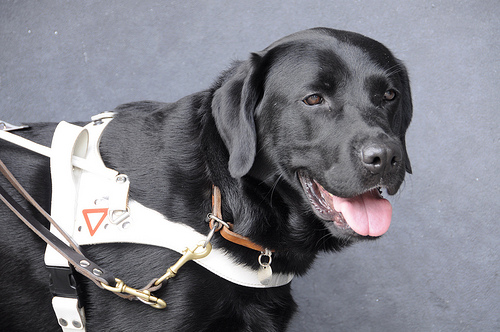
Pet Safety Tips for Bonfire Night
Bonfire Night can be a scary and distressing time for pets. According to the RSPCA, almost half of all dogs are afraid of fireworks. Cats and small animals can be similarly affected. Here are our tips for keeping your pet safe on Bonfire Night, plus advice on helping them to deal with fireworks phobia.
Before Fireworks Begin
Preparation for Bonfire Night should start in advance of the main event, especially as it is common for firework displays to happen in the run-up to this. Help your pet to be less scared by following these tips:
- Make sure that dogs and cats have a safe place to retreat to when scared or stressed by fireworks. This could include a designated room or one of their favourite places in the home. Encourage them to use this space in the build-up to Bonfire Night. This reduces the possibility of them trying to get out of the house due to their fear.
- Keep dogs and cats inside throughout Bonfire Night. For dogs, plan your walks during the daytime and encourage them to go to the toilet pre-fireworks so that there is no need to venture outdoors again. This allows you to take steps to limit their exposure to fireworks while indoors.
- For small animals that live outdoors, try to bring them indoors where possible. If you are not in a position to do this, take steps to limit their exposure to fireworks by partially covering their cage or hutch with blankets to muffle the sounds and to block out the visual aspects. Be careful not to cover them completely though as this can be disorientating and distressing. Extras bedding can also offer comfort, especially if you hide treats to keep your pet occupied and distracted.
- Make sure that your pet is microchipped or is wearing a collar with an ID tag in case they manage to escape during the fireworks. This will help them to be traced back to you.
During the Fireworks
- Turn on the radio or television to disguise fireworks noise or play mid-tempo music. Don’t be tempted to turn this up too loud – this can be even more distressing than the noise that you’re trying to disguise.
- Don’t stress on behalf of your pet – they will almost definitely pick up on this and you risk increasing their anxiety as a result of this. On a similar note, fight the urge to comfort your pet. This will only reinforce the idea that it is “right” for them to be scared and experts agree that it rewards fear.
Tackling Phobias
Most pets dislike Bonfire Night but for some, it is part of a wider fear of loud noises. Fortunately, this can be treated via animal behavioural therapy and involves desensitising tactics. If you are worried that your pet is suffering from this type of phobia, speak to your vet as a first port of call.
[Photo Credit: Ghengis Fireworks ]






